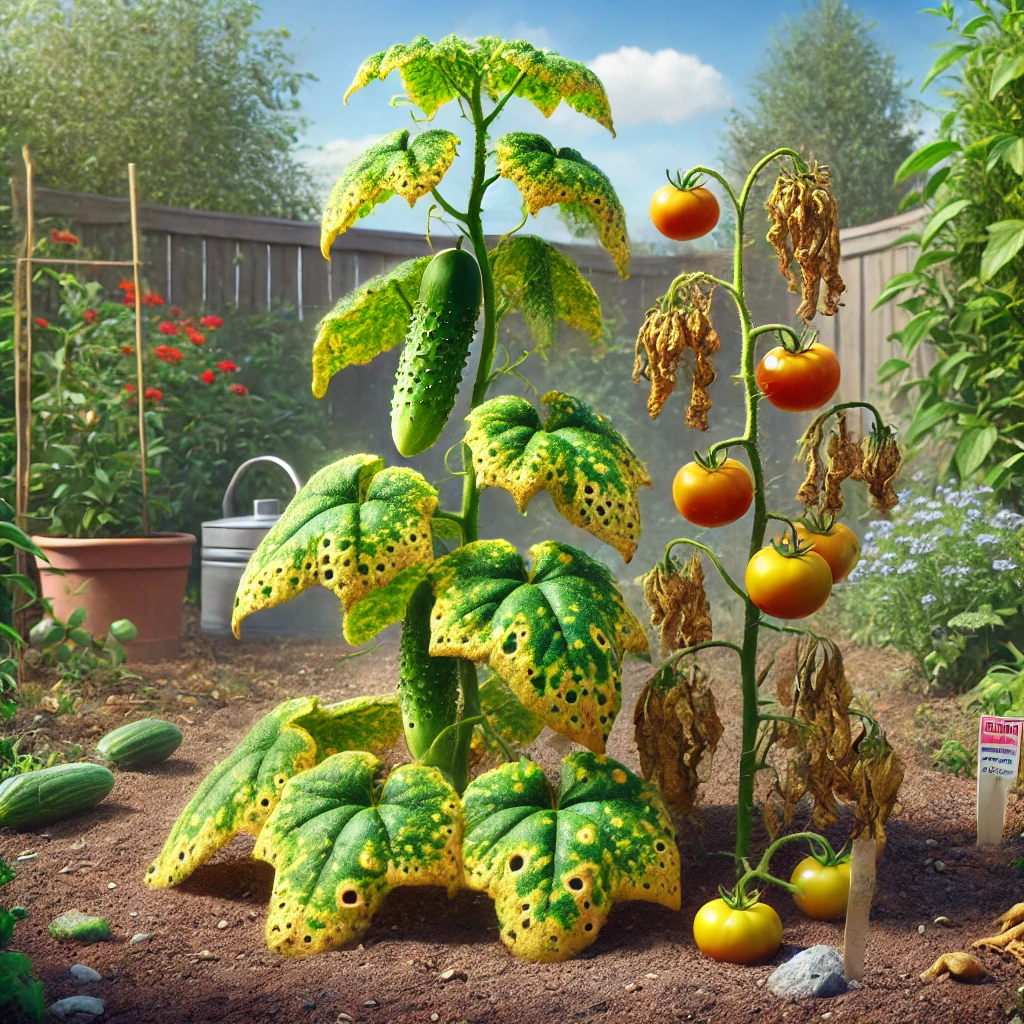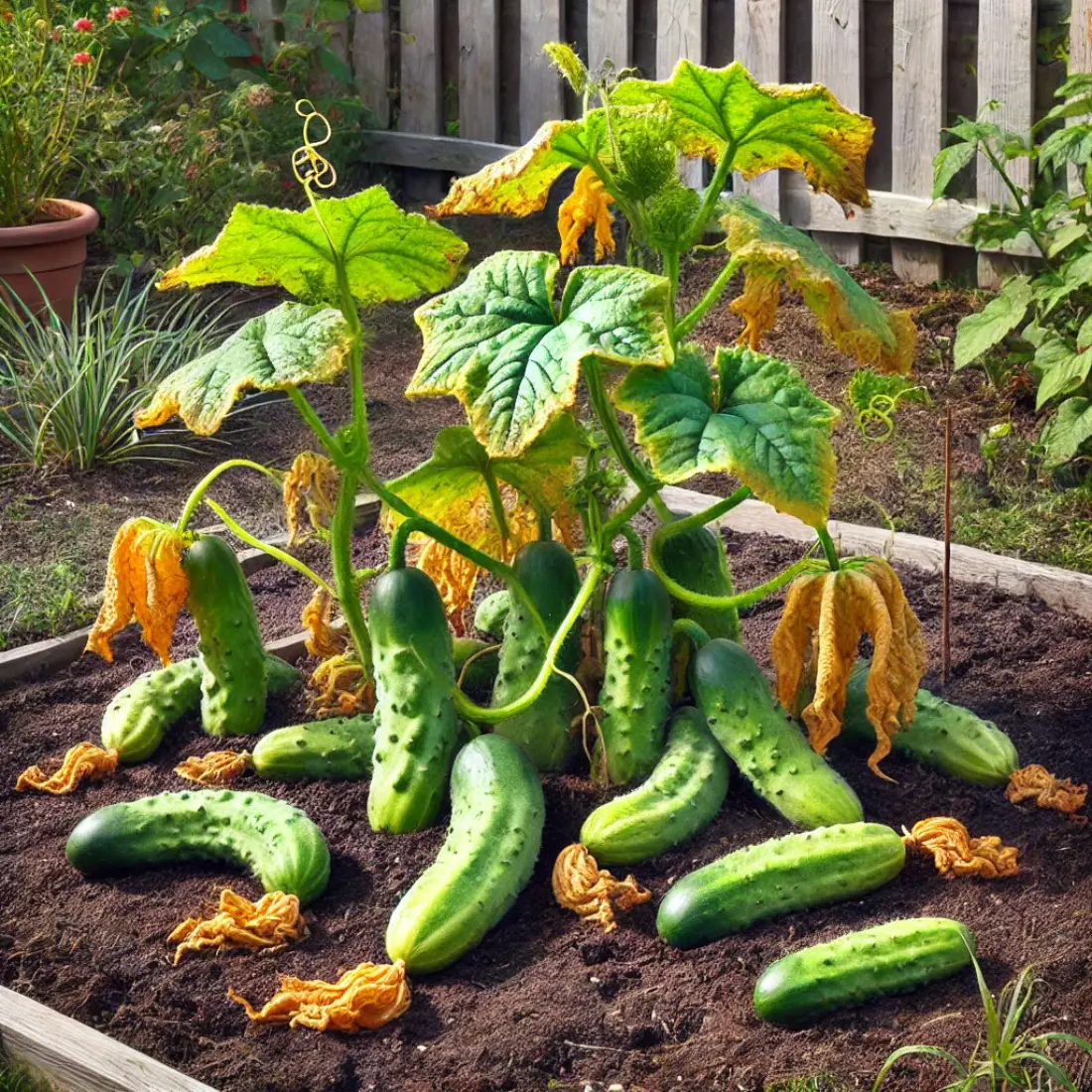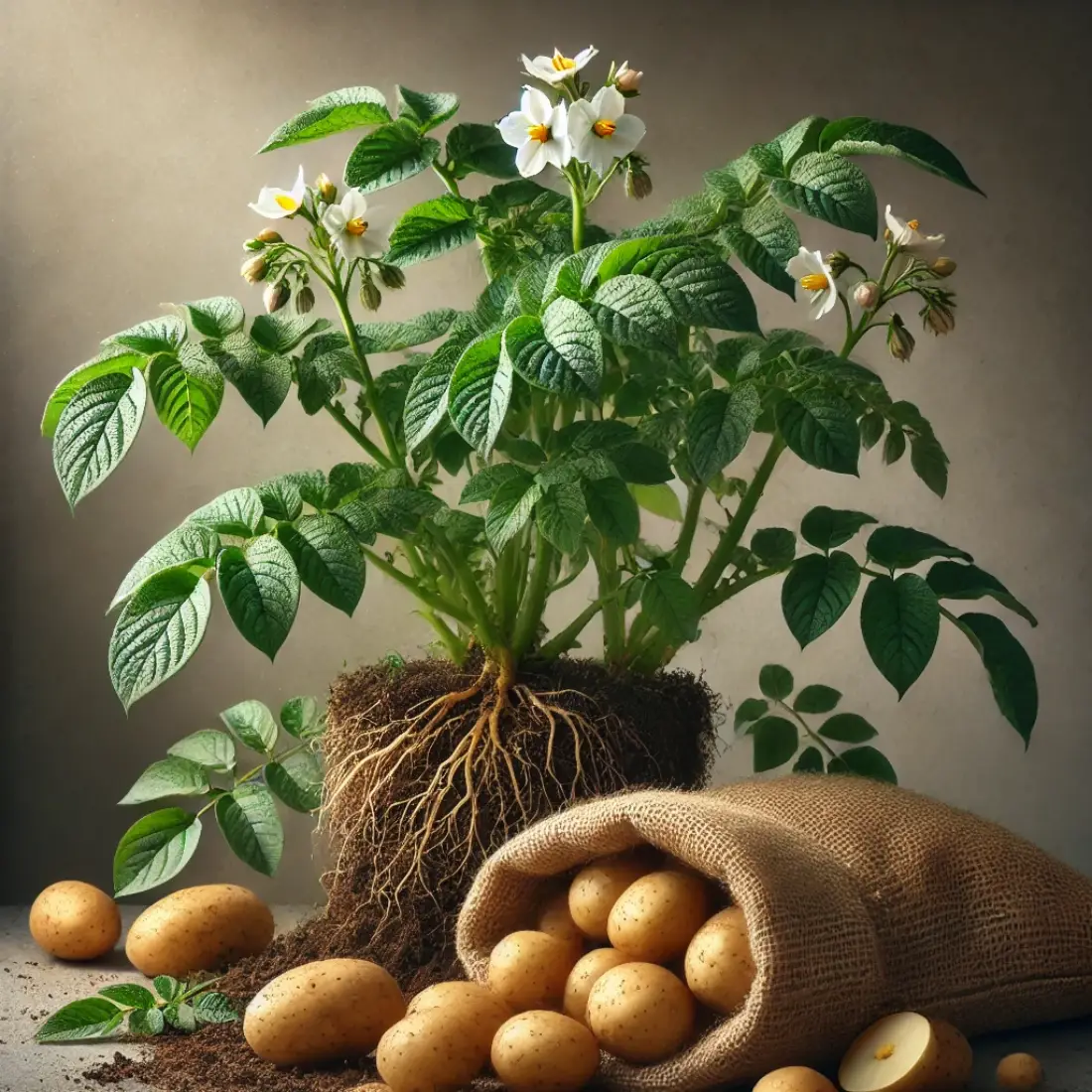Clubroot is a devastating disease that primarily affects brassica crops such as cabbage, broccoli, and cauliflower. Caused by the soil-borne pathogen Plasmodiophora Brassicae, this disease can severely impact crop yields and quality, making it a major concern for organic farmers and gardeners.
Implementing effective organic methods of control is crucial for managing clubroot and ensuring healthy, productive crops.
- Organic methods work: Control clubroot effectively without chemicals.
- Manage soil pH: Higher soil pH reduces clubroot risk.
- Rotate crops: Prevent pathogen buildup with proper crop rotation.
- Plant resistant varieties: Use varieties resistant to clubroot.
- Use beneficial microbes: Introduce helpful fungi and bacteria to suppress the pathogen.
- Early detection: Monitor regularly for early symptoms.
- Improve soil health: Use organic amendments and compost.
- Practice good hygiene: Maintain proper irrigation, weed control, and sanitation.
What is Clubroot?
Clubroot is a soil-borne disease caused by the pathogen Plasmodiophora Brassicae, primarily affecting brassica crops like cabbage, broccoli, and cauliflower. The disease manifests through swollen, deformed roots, which hinder the plant’s ability to absorb water and nutrients. #
As a result, affected plants often exhibit stunted growth, wilting, and yellowing leaves. Clubroot thrives in acidic soil conditions and can persist in the soil for up to 20 years, making it a persistent threat to susceptible crops. The pathogen spreads through contaminated soil, water, and infected plant material, making prevention and early detection critical.
Symptoms and Identification
Early Signs
Early symptoms of clubroot are often subtle and can include wilting during hot weather and a general lack of vigor in the affected plants. The lower leaves may turn yellow and fall off, while the overall growth of the plant appears stunted.
Advanced Symptoms
As the disease progresses, the most distinctive symptom becomes evident: the roots of the infected plants develop swollen, club-like galls. These galls hinder the plant’s ability to absorb water and nutrients effectively, leading to severe wilting, yellowing of leaves, and stunted growth. In severe cases, the plants may die prematurely.
Confirming Clubroot
To confirm a clubroot infection, carefully uproot the plant and examine the roots. The presence of the characteristic galls is a clear indicator. Additionally, laboratory testing can be conducted to detect the presence of Plasmodiophora Brassicae spores in the soil or plant tissue. Soil testing kits are available for gardeners and farmers to check for the pathogen.
Treatments and Biological Control
Beneficial Microorganisms
Introducing beneficial microorganisms into the soil can help suppress the clubroot pathogen. Mycorrhizal fungi, for example, enhance nutrient uptake and improve plant resistance.
Trichoderma species are known for their antagonistic properties against soil-borne pathogens, including Plasmodiophora brassicae. These beneficial fungi compete with the clubroot pathogen, reducing its impact on crops.
Organic Fungicides
Natural fungicides, such as neem oil, compost tea, and garlic extract, can help manage clubroot. Neem oil has fungicidal properties and can be used as a soil drench. Compost tea, rich in beneficial microbes, outcompetes the pathogen.
Garlic extract contains sulfur compounds that inhibit Plasmodiophora brassicae spores. Regular applications of these treatments during the growing season can help keep the disease in check.
Cultural Practices for Clubroot Prevention
Proper Irrigation Techniques
Maintaining appropriate soil moisture levels is crucial for preventing clubroot. Overwatering can create waterlogged conditions that favor the pathogen. Follow these tips for proper irrigation:
- Watering Schedule: Water plants early in the morning to allow excess moisture to evaporate during the day. Avoid watering in the evening, as prolonged moisture can promote disease.
- Drip Irrigation: Use drip irrigation systems to deliver water directly to the root zone, minimizing soil moisture on the surface and reducing the risk of waterlogging.
Weed Management
Weeds can host the clubroot pathogen and exacerbate its spread. Effective weed management is essential:
- Regular Weeding: Remove weeds promptly to reduce competition for nutrients and water and eliminate potential pathogen hosts.
- Mulching: Apply organic mulch to suppress weed growth. Mulching also helps maintain soil moisture and temperature, benefiting overall plant health.
Sanitation Practices
Keeping garden tools and equipment clean helps prevent the spread of clubroot. Implement these sanitation practices:
- Tool Cleaning: Clean and disinfect garden tools regularly, especially after working in infested areas. Use a bleach solution or commercial disinfectant to kill any remaining pathogens.
- Crop Residue Management: Remove and destroy infected plant material to prevent the pathogen from overwintering in the soil. Avoid composting diseased plants, as this can spread the pathogen.
- Footwear and Equipment: Clean footwear and equipment before moving from one area of the garden to another to prevent soil and pathogen transfer.
Crop Rotation
Rotating crops disrupts the life cycle of Plasmodiophora Brassicae and reduces pathogen buildup in the soil:
- Rotation Plan: Implement a rotation plan that avoids planting brassicas (e.g., cabbage, broccoli, cauliflower) in the same location for at least four years.
- Diverse Crops: Include non-host crops, such as legumes or grains, in the rotation to reduce clubroot pressure and improve soil health.
Planting Resistant Varieties
Using clubroot-resistant varieties of brassicas can significantly reduce disease incidence:
- Resistant Cultivars: Choose cultivars specifically bred for clubroot resistance. These varieties are less likely to develop severe infections, even in infested soils.
Soil Solarization
Solarization uses heat from the sun to kill pathogens in the soil:
- Method: Cover moist soil with clear plastic sheeting during the hottest part of the summer. Leave the plastic in place for 4-6 weeks to heat the soil and kill the clubroot spores.
FAQs about Clubroot and Organic Methods of Control
What are the first signs of clubroot?
Early signs of clubroot include wilting during hot weather, stunted growth, and yellowing leaves. These symptoms may not be immediately obvious but can indicate the onset of the disease.
How can I naturally treat clubroot?
Natural treatments for clubroot include adjusting soil pH with lime or wood ash, using organic fungicides like neem oil and garlic extract, and introducing beneficial microorganisms such as Trichoderma species. Regular crop rotation and planting resistant varieties also help manage the disease.
Can clubroot be completely eradicated from my soil?
Completely eradicating clubroot from soil is challenging due to its long persistence. However, effective management practices, including soil pH adjustment, crop rotation, and the use of resistant varieties, can significantly reduce its impact.
Which crops are most susceptible to clubroot?
Brassica crops, such as cabbage, broccoli, cauliflower, kale, and Brussels sprouts, are most susceptible to clubroot. The pathogen specifically targets plants in the Brassicaceae family.
How does soil pH affect clubroot?
Clubroot thrives in acidic soils. Increasing the soil pH to around 7.0 to 7.2 creates a less favorable environment for the pathogen, helping to control its spread and impact.
What are some resistant varieties of brassicas?
Resistant varieties of brassicas include certain cultivars of cabbage, broccoli, and cauliflower that have been bred to resist clubroot. Examples include ‘Kilaton’ cabbage and ‘Clapton’ cauliflower.
How often should I rotate crops to prevent clubroot?
To effectively manage clubroot, avoid planting brassicas in the same location for at least four years. Rotate with non-host crops such as legumes, grains, or other vegetables not in the Brassicaceae family.
What are the benefits of using cover crops against clubroot?
Cover crops, such as mustard, release biofumigants when incorporated into the soil, reducing the viability of clubroot spores. They also improve soil structure, enhance microbial activity, and reduce soil compaction.
Can composting help manage clubroot?
Adding well-composted organic matter to soil improves soil health, enhances nutrient availability, and supports beneficial microbes that can outcompete the clubroot pathogen. Avoid composting infected plant material to prevent spreading the disease.
How does soil solarization work for clubroot control?
Soil solarization involves covering moist soil with clear plastic sheeting during hot weather, which heats the soil to temperatures that can kill clubroot spores. This method can significantly reduce pathogen levels in the soil when done properly.











